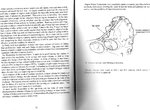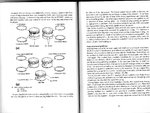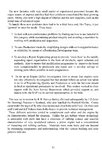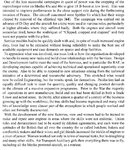Note that the original 100 octane that the RAF used to replace 87 octane really was only 100 octane ie more like 100/100 and purchased or "free" lend lease supplied from American refineries. It did not have as significant rich mixture response. The latter 100/130 came from the addition of synthetic alkylate produced from acid alkylation. Hence the RAF can thank Major Jimmie Doolittle for winning the BoB because it was he who apart from BeeGee racing, and heading the Tokyo air raid from the Aircraft carrier Hornet was responsible for aviation fuels development at shell in the 1930s and make sure there was refinery capacity to produce 100 octane. The process of catalytic cracking with regenerative catalysts was used. The rich mixture techniques developed and tested in Schneider floatplane trophy racing must have come into use well after BoB.
Without the 100 octane fuel Merlin power was around 1030 rather than 1280.
The Germans struggled as their investment was directed at coal to oil technology. They used a different way of producing octane from syngas to upgrade their fuel but latter also added alkylation.
Without the 100 octane fuel Merlin power was around 1030 rather than 1280.
The Germans struggled as their investment was directed at coal to oil technology. They used a different way of producing octane from syngas to upgrade their fuel but latter also added alkylation.




